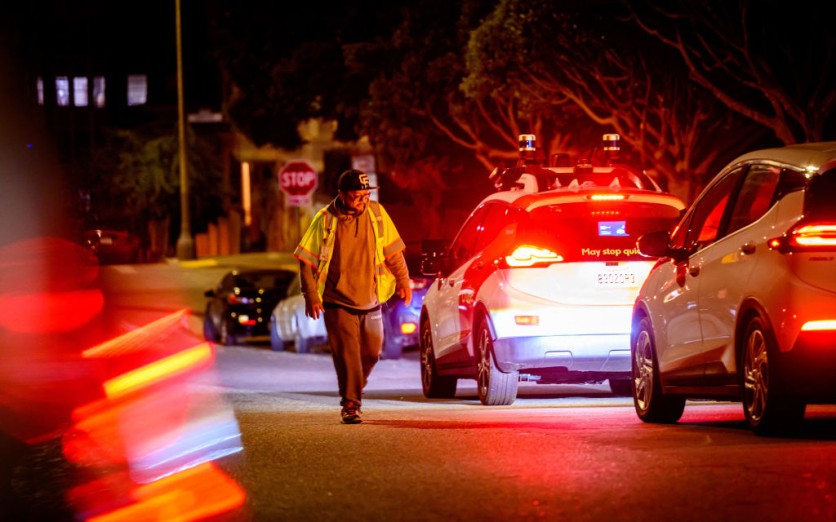San Francisco experienced self-driving cars roaming freely and serving passengers conveniently as Cruise and Waymo were given the green light to provide full-fledged commercial passenger services.

Witnessing Disruption in San Francisco Due to Cruise
The California Public Utilities Commission (CPUC) allowed both companies to charge passengers for rides anytime following a 3-to-1 vote on August 10.
A day after this decision, reports from different news publications highlighted that Cruise's self-driving cars caused traffic issues in San Francisco's North Beach area.
The CPUC's choice followed a lengthy and heated six-hour session during which local residents voiced their concerns about autonomous vehicles (AVs) navigating the streets.
Interesting Engineering reported that people spotted around 10 Cruise self-driving cars stuck near Vallejo Street in North Beach around 11 p.m., leading to a 15-minute traffic slowdown.
Cruise explained that this hiccup happened due to cell phone coverage problems related to a nearby music event, affecting the cars' navigation systems. Receiving the green light from CPUC follows a lengthy and contentious six-hour public hearing.
While residents shared mixed opinions on the expansion of self-driving cars within the city, the CPUC's 3-to-1 vote in favor of continuous operations represents a noteworthy achievement for autonomous vehicle companies.
These companies have invested substantial resources in this groundbreaking technology, despite facing financial challenges up to this point.
Opposing Groups
The regulators' decision faced significant opposition from specific groups, such as the San Francisco police and fire departments. This resistance contributed to the traffic disruption that occurred over the weekend.
Authorities from the city's fire and police departments and the municipal transportation agency gathered and presented a comprehensive report. CNBC reported that it cataloged more than 600 incidents involving autonomous vehicles since June 2022.
These incidents encompassed situations where self-driving vehicles exhibited unpredictable behavior near emergency zones, hindered emergency responses, and had close encounters or near-misses with personnel and equipment, among other occurrences.
CPUC Commissioner John Reynolds stated, "While we do not yet have the data to judge AVs against the standard human drivers are setting, I do believe in the potential of this technology to increase safety on the roadway. Collaboration between key stakeholders in the industry and the first responder community will be vital in resolving issues as they arise in this innovative, emerging technology space."
Slowing Down Traffic
Ali Hajbabaie, a leading researcher and associate professor specializing in civil, construction, and environmental engineering from North Carolina State University, studied self-driving cars, aiming to improve safety and travel time.
Unlike past research focusing only on safety, Hajbabaie's study suggests self-driving cars can make travel faster by talking to each other and traffic lights at crossings. According to the study's findings, intersections might experience slower travel times when a large number of AVs without connectivity are present.
This is because these AVs are programmed to drive cautiously to avoid accidents. The results highlighted the significance of integrating connectivity not just in vehicles but also in traffic-control systems.
Related Article : Self-Driving Cars Can Slow Down Traffic, Study Finds

![Apple Watch Series 10 [GPS 42mm]](https://d.techtimes.com/en/full/453899/apple-watch-series-10-gps-42mm.jpg?w=184&h=103&f=9fb3c2ea2db928c663d1d2eadbcb3e52)



